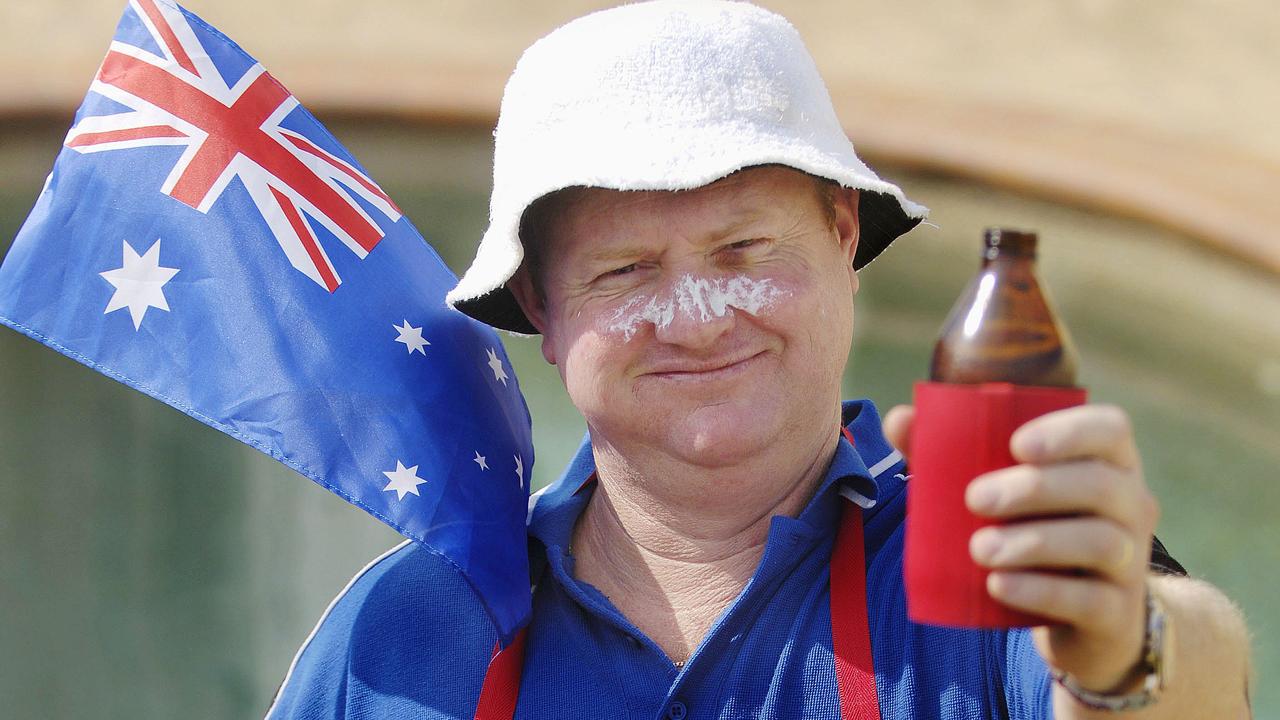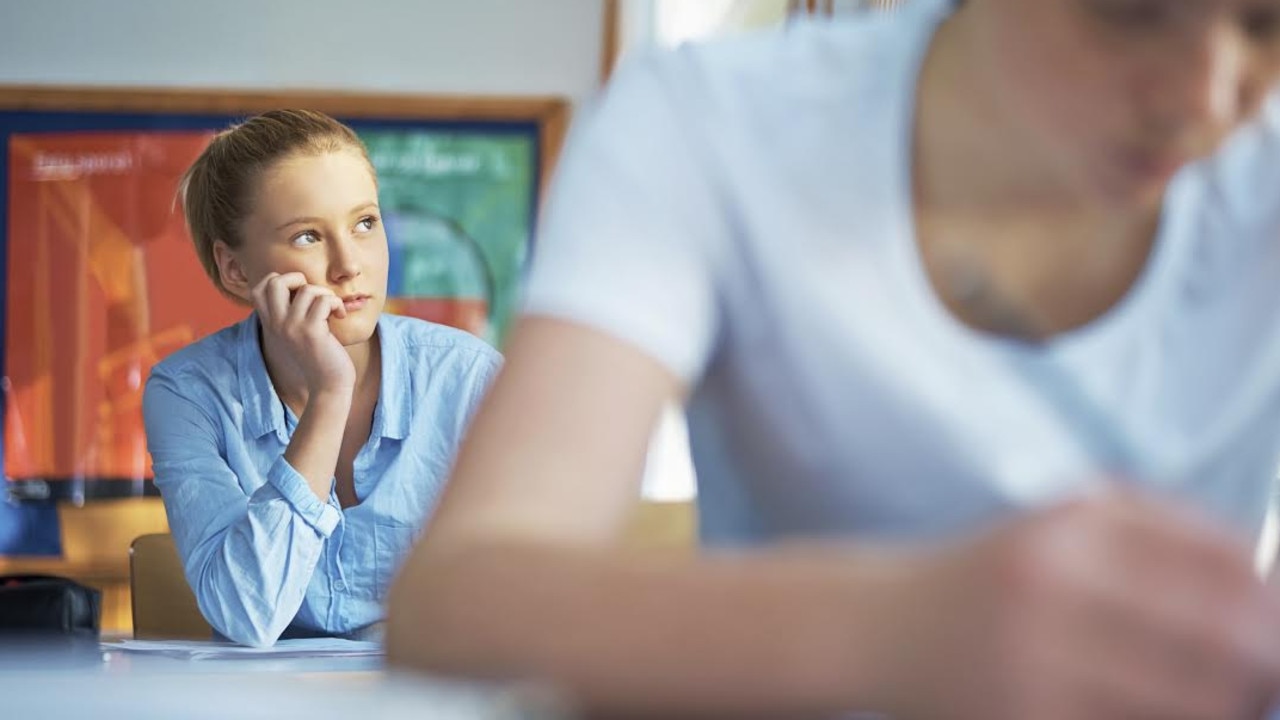What happens to place names like Mount Buggery, Spanker Knob and Titwobble Lane?
What’s to become of Victoria’s many colourful place names, with nods to body parts, sexual acts and even grog in our woke world?
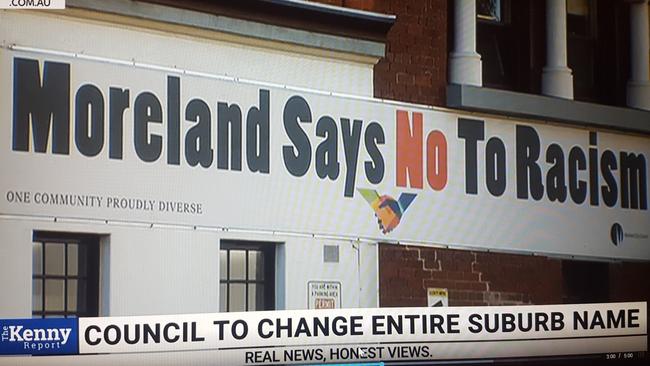
Susie O'Brien
Don't miss out on the headlines from Susie O'Brien. Followed categories will be added to My News.
Moreland Council has become Merri-bek Council as part of a push to ensure Victorian official names aren’t racist, sexist, homophobic or cause offence.
A glance at Victoria’s names shows we have more work ahead with places like Mount Buggery, Spanker Knob, Mt Niggerhead, Gin’s Leap, Titwobble Lane and Sausage Gully.
Our great state has towns named after body parts, pejorative names for women, ladies of the night, sly grog merchants and lots of racist, old white guys.
Take, for instance, federal electorates, roads and parks named after John Batman. We now understand this founding father of Melbourne wasn’t a kindly man but a bounty hunter who participated in the genocide of indigenous people in Tasmania and died of syphilis.
I don’t have a problem with changing the names of towns or roads that are clearly offensive or objectionable, like the racist Jim Crow Creek which is now called Larni Barramal Yaluk.
Or even Moreland, for that matter. Who wants to live in an area named after the property of a Jamaican slave owner?
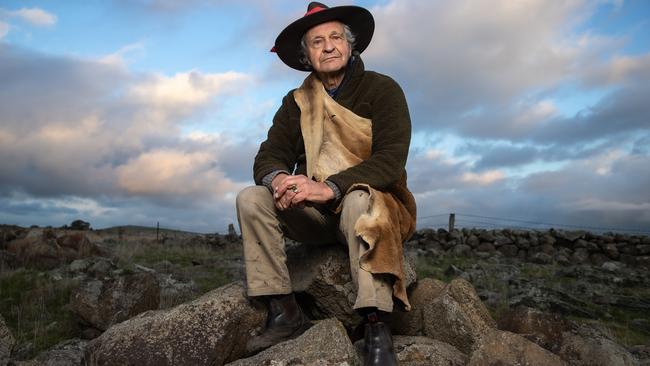
But such moves should be seen for what they are – largely symbolic gestures which are worthy but shouldn’t detract from other more pressing matters.
The Merri-bek name was chosen after 3739 of the council area’s 173,541 residents voted for it in a survey. Yep, just 3739 people.
The Greens-led council declared the decision to be widely popular although I suspect most ratepayers care more about bin collections and dog registrations than the name of their council area.
In fact, almost as many people (2200) signed a petition opposing the renaming process.
The cost of the move – half a million dollars in the next two years alone – is significant. There’s also the fact that non-council businesses and organisations such as schools and sporting club will have to upgrade their signage at their own expense.
Such moves, if not backed up by meaningful assistance for Indigenous people, end up being little more than showy stunts designed to make non-Indigenous people look good.
Councils are good at making a little look like a lot, aren’t they?
It’s a bit like the AFL – it’s not much good having Indigenous rounds and colourful playing jumpers if coaches are treating Indigenous players like second-class citizens.
Listening to Indigenous people shouldn’t stop at place names but must continue on to ensuring proper representation, access to health care and substantive moves to close the gap. In the absence of this, the renaming push is gathering pace. New schools include Barrawang Primary (formerly known by the interim name of Wollert West), Kurrun Primary (formerly Officer Rix Rd Primary), Nearnung Primary (formerly Tarneit Missen House Primary) and Ngarri Primary which was previously known as Holyoake Parade Primary.
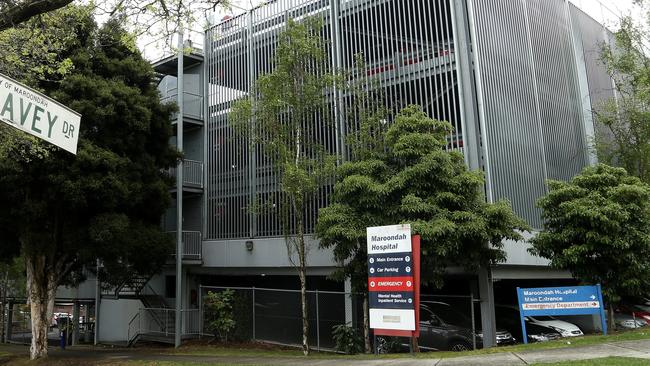
Indeed, Labor’s candidate for Richmond, Lauren O’Dwyer, has declared that her first priority isn’t fixing Indigenous disadvantage in schools or securing funding for hospitals, but doing an audit of all public buildings, statues and names.
Premier Daniel Andrews is a lone figure going in the opposite direction for wanting Maroondah Hospital to be renamed after Queen Elizabeth II. More than 50,000 people have signed a petition demanding the existing Indigenous name remain.
Isn’t the more important issue ensuring the hospital is properly funded and staffed to support the sick people of the area?
Names do matter, but their importance shouldn’t be overstated. I don’t agree with one Indigenous representative who said changing the hospital’s name to Queen Elizabeth II would make it “culturally unsafe place for our people”.
It’s a the same with changing the date of Australia Day. While I think it’s a good move, I agree with Prime Minister Anthony Albanese that enshrining an Indigenous Voice to parliament is a more important priority.
You have to wonder where all of this going to stop.
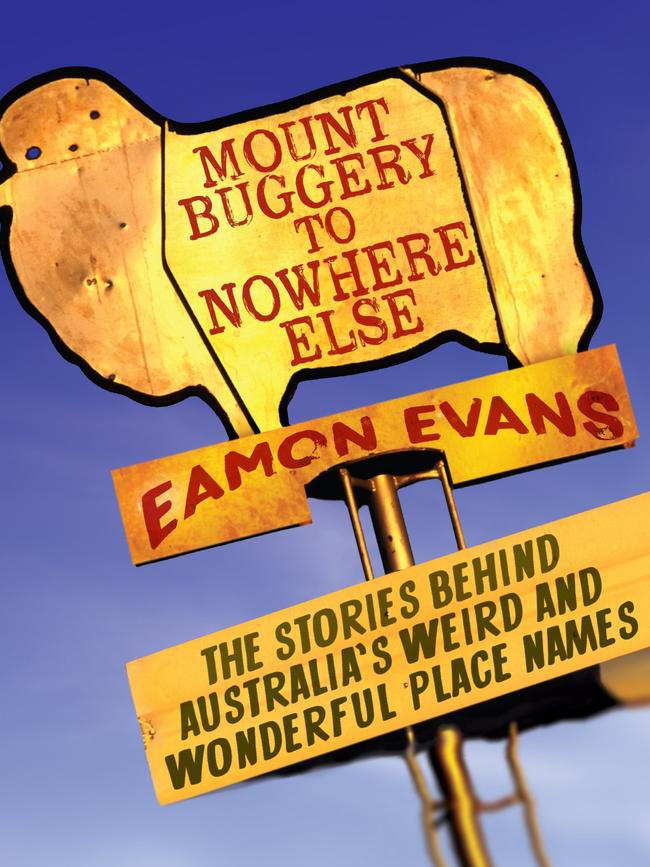
We’ve now got people counting the proportion of statues that commemorate women and people of colour. Just three per cent of full-bodied statues are female, according La Trobe University historian Professor Clare Wright. Similarly, a Bass Coast Shire gender assessment found no places and only a third of roads named after women.
People from the LGBTIQ community are also pushing for more representation in terms of naming, statues and public areas.
While some of these moves are important, and inevitable, they can distract from more immediate priorities.
It’s also a reminder that some people are never happy, regardless of how much effort is made to accommodate them.
For instance, a few years ago a $100,000 statue depicting a gay man removing a Cowardly Lion costume from the Wizard of Oz was erected in Melbourne. A few people weren’t happy because they felt the statue of a man was not representative of the gender diversity of the LGBTI community. I daren’t ask the name of the statue …




